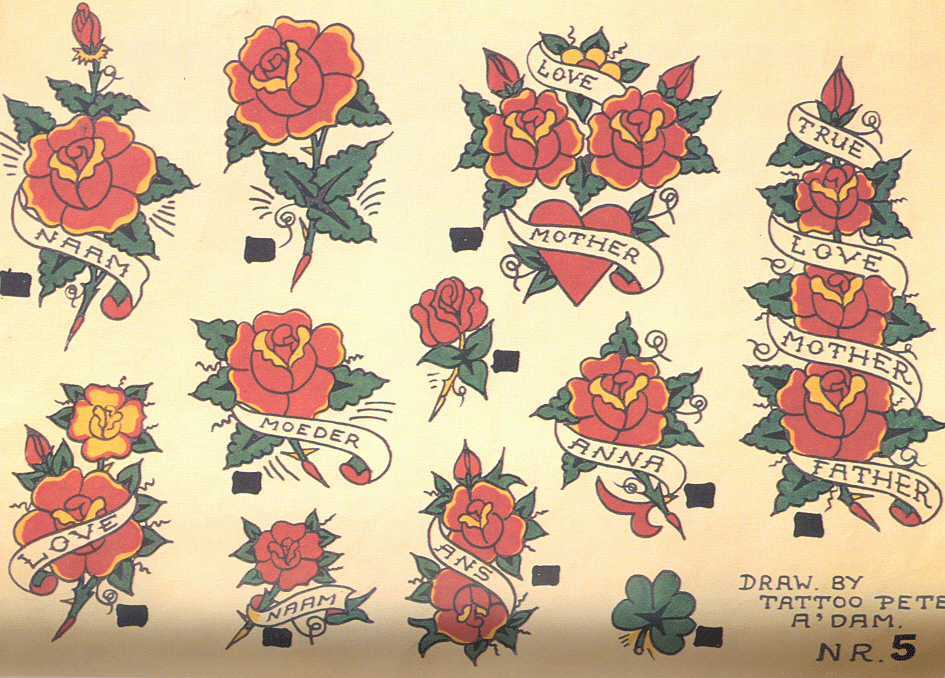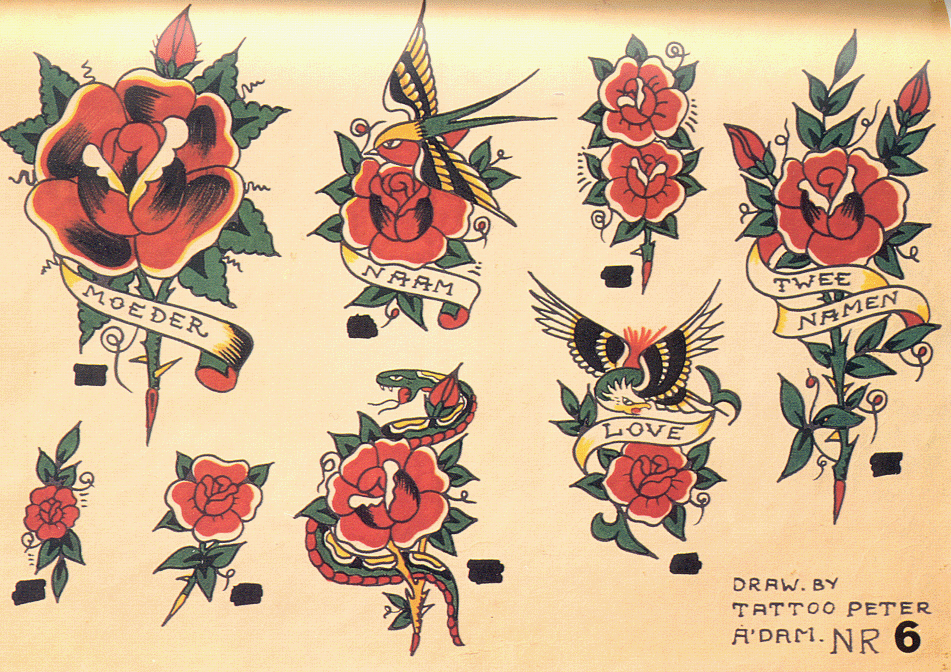tattoo methodology
 |
 |
 |
The tattoo as an object raises an immediate concern: it seems less like an ‘object’ and more similar to a piece of art. Art, according to Prown (1991), is distinctive from most other artifacts or objects in its “self-conscious or imposed aesthetic quality as its primary characteristic.” Prown goes on to describe art as cultural evidence that most closely resembles literature. As such, “the key lies in the capacity of art for unconscious as well as conscious metaphorical expression” (154).
A model for analyzing the tattoo must facilitate a rich description of its physical and stylistic characteristics. More importantly, it must allow for an analysis of the tattoo’s function as a sign, symbol and referent of unconscious and conscious expression. Tattoos have meaning to the wearer and to the perceiver, both globally and within a culture or community.
A three step methodology was thus formulated for studying the tattoo.
1. Description of Physical Attributes
j location on body
j colour(s)
j design (shape, decorative design, general iconography)
j text (if present)
j size
j method of tattooing and materials used
2. Analytical
j visibility: to wearer, to public
j classification: ‘type’ of tattoo
j how is it perceived by others?
3. Interpretation
j Historical/cultural context
j Symbolic meanings to the wearer or cultural community
-images: Tattoo Peter, Amsterdam, The Netherlands, 1950s and 'Tatovor' Ole Hanson, Copenhagen, Denmark, 1952 (Schiffmacher 1996:162, 163)-